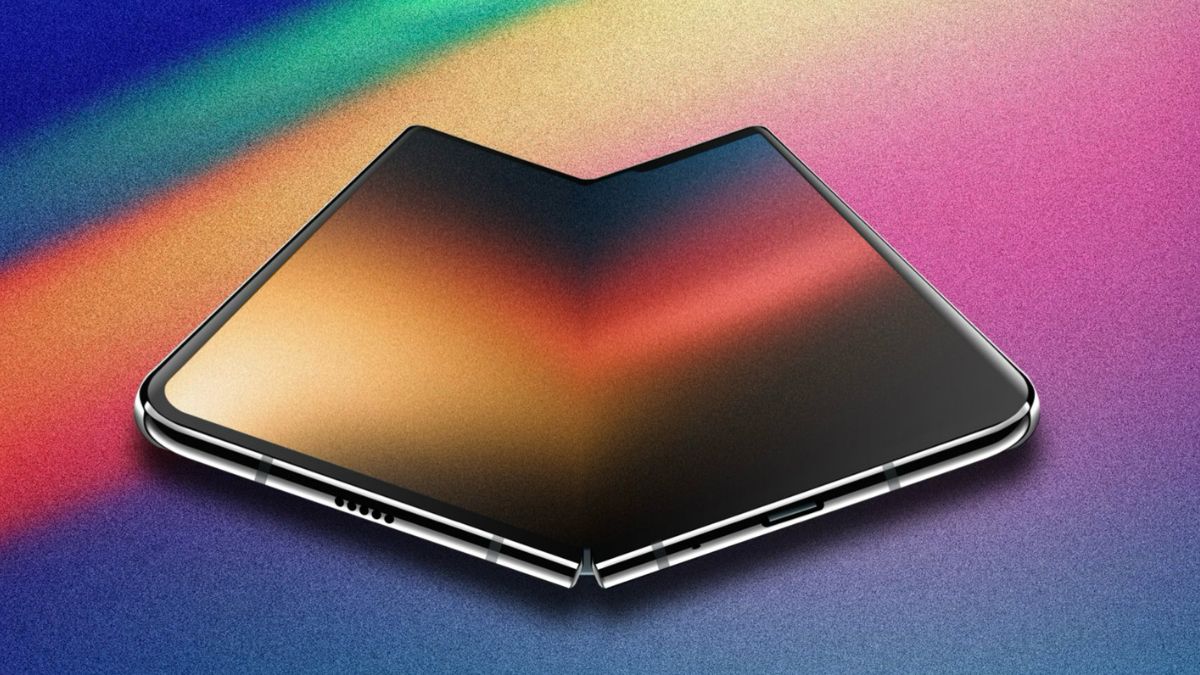
Apple’s first foldable iPhone may feature ultra-thin design and liquid metal hinges
- 22.03.2025 11:41
- indiatvnews.com
- Keywords: liquid metal, foldable smartphone
Apple’s first foldable iPhone is expected to feature an ultra-thin design with liquid metal hinges for durability, a 7.8-inch display when unfolded, and a premium titanium build. Priced around $2300, it aims to appeal to high-end users with its innovative design and multitasking capabilities.